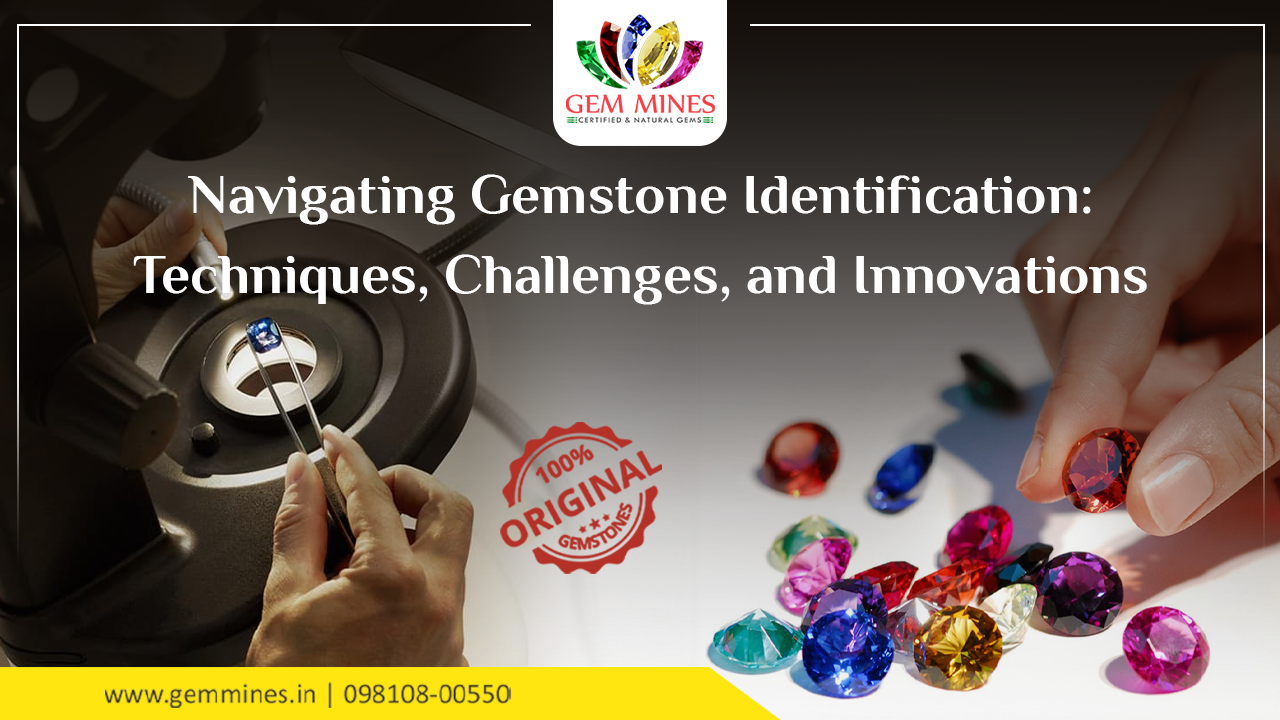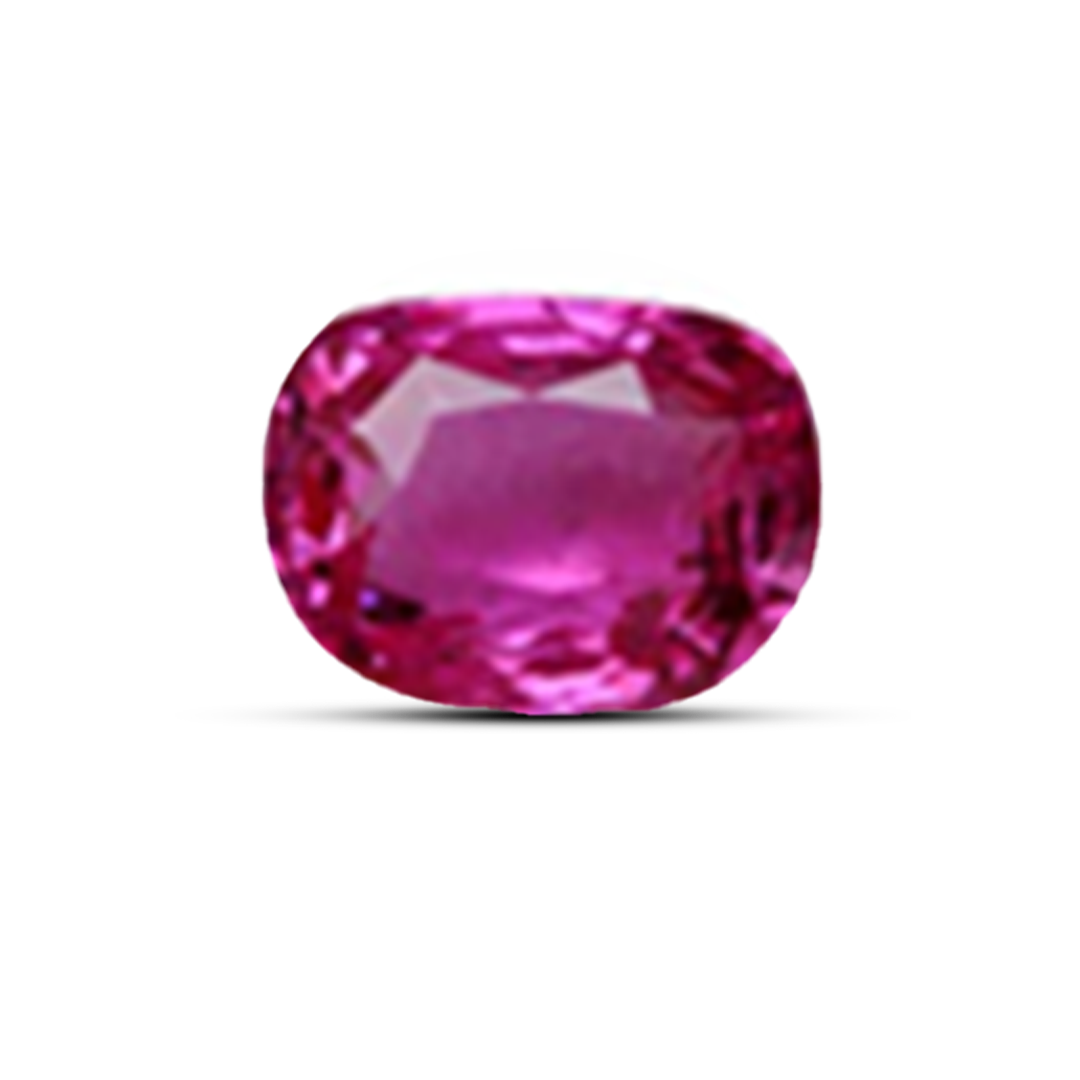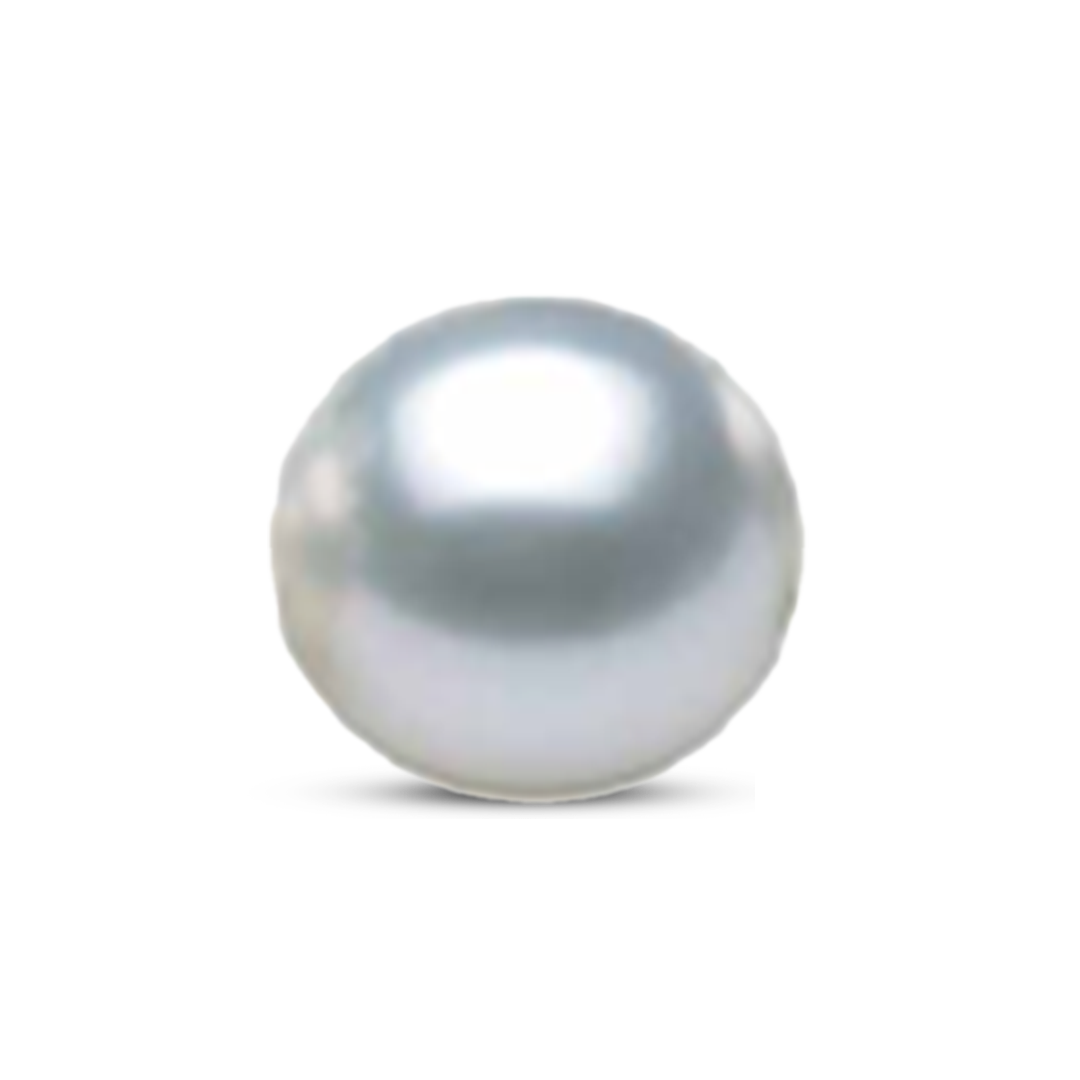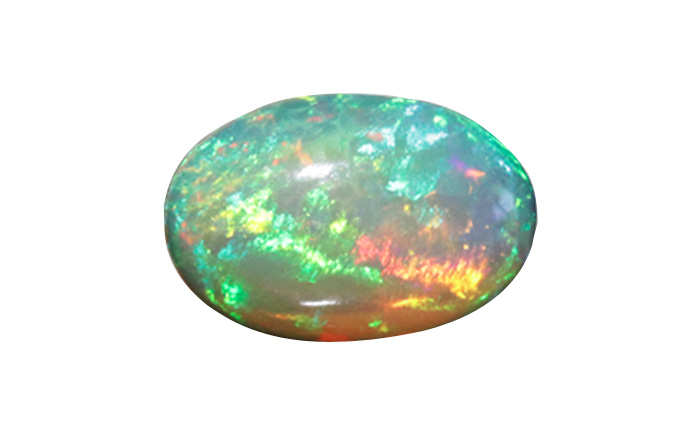Introduction
Gemstones for centuries, with their exquisite beauty and rarity, are a timeless fascination for humans. The appeal and allure of these precious captivating gemstones have remained unwavering. The beauty of these alluring gemstones upholds what human eyes see. What we don’t witness is the rigorous process of their identification and evaluation. It’s crucial to know the whereabouts of gemstones and the journey of a gemstone, from their mining to its eventual place in a collector’s or jeweller’s hands. This way, you’ll be informed, and in the future, you might also use this knowledge to acknowledge that appealing gemstone. In this blog post, we will explore the technical aspects, the process, and the mesmerizing nature of gemstones. Check Out the Latest collection of Gemstones
Characteristics of Gemstones
Gemstones, loved for their rarity and beauty, possess unique characteristics. Here are some fundamental ones:
- Colour
Colour is one of the most defining features of a gemstone. The colour of gemstones can vary widely, from vivid and saturated tones to subtle and pastel shades. Some gemstones also show pleochroism, displaying different colours when viewed from various angles.
- Clarity
Gemstone clarity refers to the presence of inclusions or blemishes within the stone. These imperfections can impact the transparency and brilliance of the gemstone. While in the case of some gemstones such blemishes can enhance their allure instead of detracting from it.
- Cut
The cut of a gemstone impacts its brilliance and visual appeal by determining its shape, proportions, and facets.
- Carat Weight
The carat weight measures a gemstone’s size and is a standard unit used in assessing its value. Larger gemstones of high quality are generally more valuable than smaller ones. Plus assuming other factors like color, clarity, and cut remain constant.
- Hardness
The Mohs scale measures a gem’s hardness. It is done by determining its resistance to scratching and abrasion. Hardness impacts a gem’s durability for use in jewellery or other applications.
- Refractive Index
The refractive index measures how light passes through a gemstone. This phenomenon affects the stone’s brilliance and sparkle. Gemstones with higher refractive indices tend to exhibit greater sparkle and brilliance.
- Specific Gravity
Specific gravity denotes a gem’s density relative to water. It assists in identifying gem types and distinguishing between natural and synthetic stones.
- Luster
Luster refers to the way light interacts with the surface of a gemstone. It describes the quality and intensity of light reflection. It can range from adamantine (diamond-like) to vitreous (glass-like) or even silky and metallic.
- Phenomena
Some gemstones exhibit unique optical phenomena, enhancing their value. These include asterism (the star effect), chatoyancy (the cat’s eye effect), and colour change.
Gemstone Identification Methods
Gemstone identification involves scientific expertise, practical experience, and technology to authenticate and evaluate quality. Some of the main techniques included in the process are:
- Visual Inspection: An initial gemstone examination involves observing its colour, clarity, transparency, and visible inclusions to categorize the stone before further testing.
- Refractive Index & Spectroscopy: Gemologists use refractometers to measure a gem’s refractive index, which determines how light passes through the stone. Additionally, spectroscopy techniques aid in identifying elements present within the gemstone.
- Specific Gravity & Hardness: Assessing a gem’s specific gravity and hardness using the Mohs scale can distinguish between gem types and detect imitations or synthetics.
- Advanced Instrumentation: Sophisticated instruments are used in the process such as spectrometers, microscopes, and X-ray machines. These provide a detailed understanding of a gem’s chemical composition, crystal structure, and origin, resulting in more accurate identification.
Common Gemstone Types and Their Identification
Gemstones come in various types, each with distinct characteristics. Here are some common gemstone types and ways to identify them:
Diamonds
- Characteristics: Known for their brilliance and hardness, diamonds often display excellent lustre and fire. They typically have a high refractive index and rank as the hardest gemstone on the Mohs scale.
- Identification: Look for brilliance, clarity, and fire. Professional gemologists assess diamonds using the 4Cs: cut, colour, clarity, and carat weight.
Rubies
- Characteristics: Rubies are red corundum gemstones, valued for their intense red hue. Their colour ranges from pinkish-red to deep red, often accompanied by a rich glow.
- Identification: Authentic rubies exhibit a deep, vivid red colour. Natural inclusions called “silk” can sometimes be seen under magnification.
Sapphires
- Characteristics: Sapphires, also from the corundum family, occur in various colours, with blue being the most recognized. They are durable and prized for their brilliance.
- Identification: Look for intense blue hues in sapphires. They may also display asterism (star effect) or color-change properties.
Emeralds
- Characteristics: Emeralds are vivid green beryl gemstones known for their lush colour and translucency. They often have inclusions called “jardin,” which resemble garden-like formations.
- Identification: Authentic emeralds exhibit a rich green hue with inclusions known as jardin. Clarity and transparency are crucial in identifying natural emeralds.
Pearls
- Characteristics: Formed within molluscs, pearls are organic gemstones with a lustrous surface. They occur in various colours, shapes, and sizes.
- Identification: Authentic pearls have a smooth, lustrous surface and may display overtones of different colours. Natural pearls are rare, while cultured pearls are more common.
Amethyst
- Characteristics: Amethysts are purple quartz gemstones ranging from light lilac to deep purple. They are popular for their affordability and availability.
- Identification: Look for consistent purple colouration without zoning. Heat treatment is common to enhance colour.
Topaz
- Characteristics: Topaz comes in various colours, but blue topaz is the most popular. It can exhibit pleochroism and ranges from pale to vibrant blue hues.
- Identification: Authentic blue topaz has a consistent, vibrant blue colour without visible zoning.
Garnet
- Characteristics: Garnets occur in various colours but are commonly known for their deep red hues. They are durable and suitable for various jewellery types.
- Identification: Look for rich red colouration in garnets. They may also display colour changes under different lighting.
Tourmaline
- Characteristics: Tourmalines come in numerous colours, including pink, green, blue, and multicoloured varieties. They often exhibit pleochroism.
- Identification: Tourmalines display various colours and may have multiple hues in one stone. They often show distinct colour zoning.
Opal
- Characteristics: Opals are known for their play of colour, displaying a spectrum of shades. They are delicate and can be prone to cracking.
- Identification: Look for vibrant play-of-colour with flashes of various hues across the stone’s surface.
Challenges in Gemstone Identification
Despite advancements, several challenges persist in the realm of gemstone identification:
- Synthetic Gems & Treatments
Synthetic stones can look like natural gemstones and treatments can change their appearance, making identification difficult without specialized testing.
- Imitation & Fraud
Unethical practices involve passing off synthetic or imitation stones as natural gems, posing significant challenges to buyers and gemologists.
- Rare & Uncommon Gemstones
Extensive knowledge and access to reference materials are necessary to identify rare or less commonly found gemstones, adding complexity to the process.
Importance of Professional Evaluation
When identifying gemstones, it is important to consider their colour, clarity, lustre, and specific properties. Some of these properties aren’t visible to the naked eye. Also, common people are unaware of the process of gemstones and the technology used to identify the authentic ones. They don’t have the right instruments and techniques or the knowledge to determine genuine and high-quality gemstones.
Most people consider the evaluation of their local gemstone vendor, which indeed is not a wise action. There are scammers and fraudsters that fish people into buying their fake gemstones or selling other types of gemstones. Therefore Consulting a professional gemologist or using gemological equipment can aid in accurate identification.
Emerging Technologies in Gemstone Identification
The evolving landscape of gemstone identification is witnessing innovative breakthroughs:
- Blockchain Technology
Leveraging blockchain technology ensures the authenticity of gemstones by tracking their journey from origin to market, preventing fraudulent practices.
- Artificial Intelligence (AI) & Machine Learning
AI-powered software helps gemologists analyze data, identify patterns, and make accurate predictions, streamlining the identification process.
- Portable Analytical Devices
Portable gemstone analysis is possible with handheld spectrometers, avoiding the need for lab setups.
Conclusion
Gemstone identification is a complex and multidisciplinary field. It combines scientific principles, technological advancements, and the expertise of skilled professionals. In today’s ever-evolving industry, it is crucial to adopt new technologies and refine identification techniques to ensure the authenticity and value of these precious treasures.
This journey not only preserves the integrity of these remarkable stones but also safeguards the interests of enthusiasts and consumers worldwide.












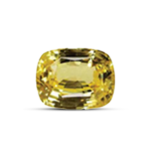




















 16 Nov 2023
16 Nov 2023 Vinod Malik
Vinod Malik 